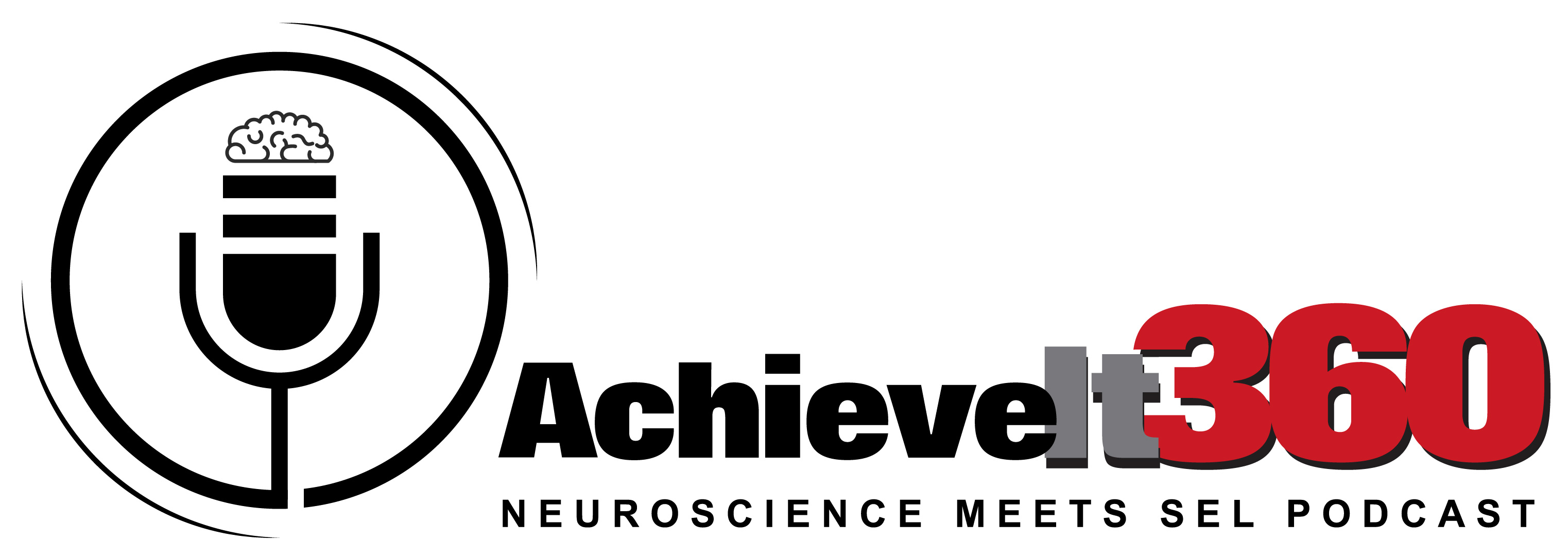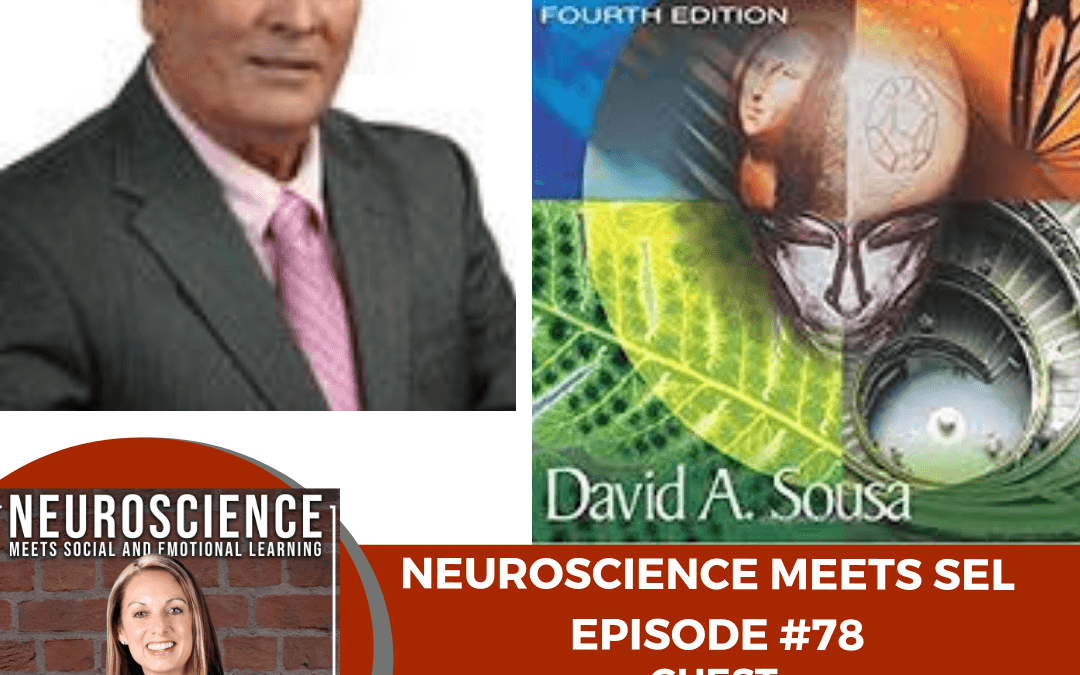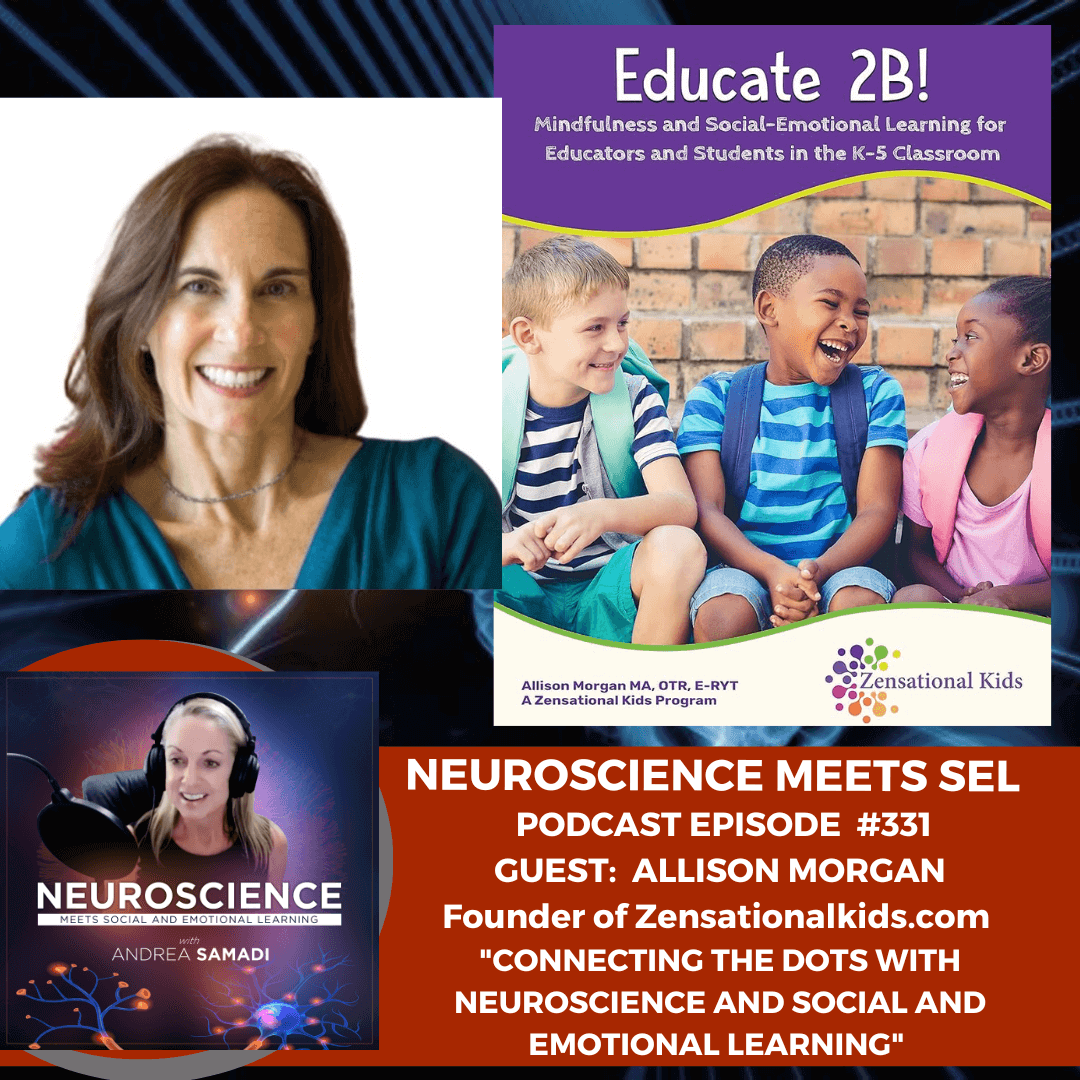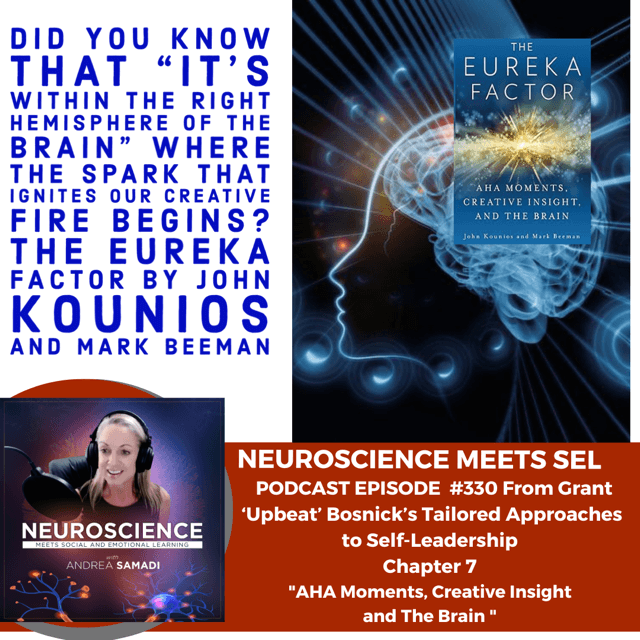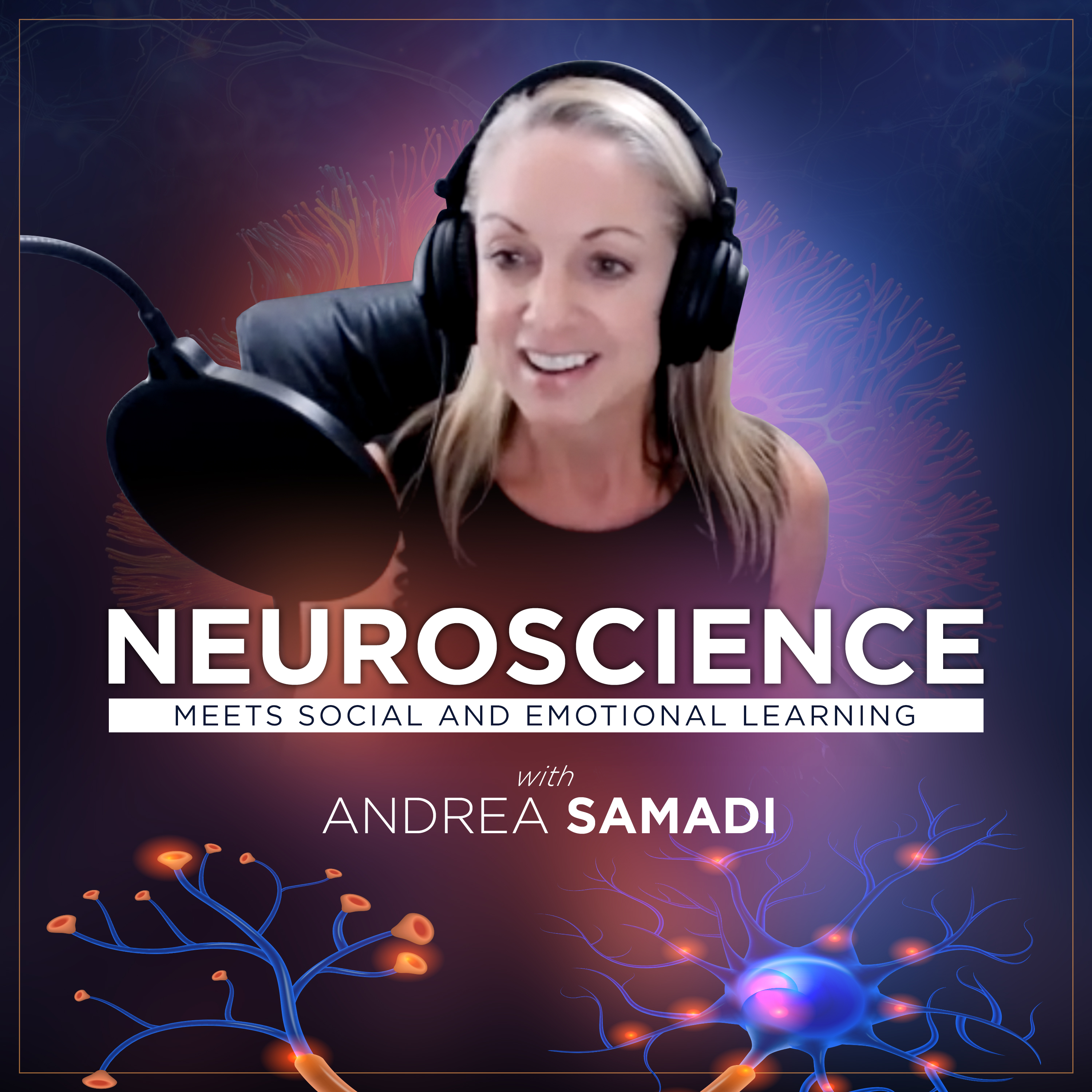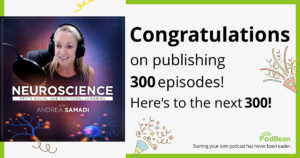Welcome back to the Neuroscience Meets Social and Emotional Learning podcast, episode #78 with David A. Sousa, an international educational consultant and author of more than 16 books that suggest ways that educators and parents can translate current brain research into strategies to improve learning. Watch the interview on YouTube here.
It was David Sousa’s How the Brain Learns book Series[i] that is now in its 4th Edition (that includes How the Brain Learns, How the Brain Learns to Read, How the Gifted Brain Learns, and How the Special Needs Brain Learns) that I was given by an educator when I was urged to add the most current brain research to my programs. When reading this series, I was told from other respected colleagues that this book series is one that every educator should read. It also helped me as a parent of a struggling reader to understand how my own child learns to read and gave me more understanding and patience to help put into practice some of the secrets for accelerating literacy that I will share throughout this interview.
I also discovered How the ELL Brain Learns[ii] that helped me to create a webinar for an educational publisher called “Nine Brain-Based Strategies to Skyrocket Literacy and Achievement”[iii] and there’s also Differentiation and the Brain and How the Brain Learns Mathematics. The Leadership Brain suggests ways for educators to lead more effectively in today’s schools.
He also has a book for educators, Engaging the Rewired Brain that examines how technology changes the way students’ brains function and how educators can adapt instruction to keep students motivated and The Power of Student Teams[iv]: Achieving Social, Emotional and Cognitive Learning in Every Classroom Through Academic Teaming[v] that describes a path to predictable success for every student, in every classroom, in every school—all backed by student data, neuroscience research, and experiences from superintendents, school leaders, teachers, and students who have made the shift, teaching through the power of student teams.
David is a member of the Cognitive Neuroscience Society[vi], has conducted workshops in hundreds of school districts on brain research, instructional skills and science education at the K-12 to University levels.
Welcome David, thank you so much for taking the time to speak with me today. It feels surreal after studying your books for the past 6 years.
Q1: David, I really don’t think that I would have understood how the brain learns, enough to teach it to others without your How the Brain Learns Series that I was given 6 years ago, but at first, it wasn’t like I read the books and understood the workings of the brain instantly. I was a bit intimidated by the memory charts and thought that understanding this topic might a bit over my head without a degree in neuroscience. I was lucky to have a neuroscience researcher to help me with my questions, and with time, I really started to understand this fascinating organ that I had never really thought of before. Can you go back a bit to BEFORE you wrote these books and share where this series originated from, in addition, how did you take into consideration that many people, like me, at first glance, might be afraid of the complexity of this topic?
Q2: I love how each book starts with a practitioner’s corner, assessing your current knowledge of reading, or myths about giftedness, or the special needs brain, to bring out some important differences with how the brain learns to read. Can you explain what happens (in the brain) when a child is learning how to read, and perhaps some of the secrets that we can look for to accelerate reading, like “how quickly and successfully the brain learns to read is greatly influenced by the student’s ability to speak?” and how is the Gifted Brain Different than the Special Needs Brain, or the ELL Brain when it’s learning to read?
Q3: We’ve all heard the statistics about the importance of reading proficiency by 3rd grade.
- 2/3 of students who cannot read proficiently by the end of 4th grade will end up in jail or on welfare.Over 70% of America’s inmates cannot read above a 4th grade level.1 in 4 children in America grow up without learning how to read.Students who don’t read proficiently by the 3rd grade are 4 times likelier to drop out of school.
I’ve got a struggling reader, going into 4th grade this year, and we’ve been on top of her reading, but can you explain how a child can get behind with reading (what happens that one child can read easily and another child finds it really difficult) and what do you suggest parents, teachers do to stay on top of a child who is struggling to read, so they don’t become one of these statistics?
Q4: Can you explain how we can build a child’s vocabulary or “mental lexicon of spoken vocabulary” and how the brain “stores clusters of closely associated words in tightly packed networks?” This idea really helped me when working with my daughter and her reading, as I could see words that she didn’t have in her mental lexicon giving her trouble, (I was picturing the word cluster map that you had in your book, with the new word not connecting to the words she knew) until it was eventually added and she could read the new word fluently.
Q5: Can you share the concept that you and Michael Toth write about in The Power of Student Teams,[vii] where you show how student-led academic teaming elevates core instruction to a level of rigor far beyond that of traditional classrooms and familiar grouping strategies? What is the main idea of this book, and how is it empowering students and teachers in the classroom?
Q6: How can a student improve their learning and increase their confidence levels with an understanding of how their brain works? Why do you think it is so important for teachers, parents, and anyone else to understand how their brain works?
Q7: What are some myths that you think are still out there that we should all be aware of?
Q8: Is there anything important that I might have missed? Maybe from your books that we haven’t mentioned?
Thank you so much for taking to time to speak with me today. If anyone wants to find your books, I have put links to them in the show notes. Thank you for creating these books to help parents, like me, educators and students all over the world to understand how their brains work, to improve our results at school, home or the workplace.
Q9: David surprises Andrea with a question: What would you like to know about the brain that I can help you with? Andrea asks, “Why are some habits more difficult to break than others?”
RESOURCES:
Dr. Madelaine Hunter https://education.stateuniversity.com/pages/2074/Hunter-Madeline-Cheek-1916-1994.html
Brain Tools Podcast with Samuel Holston “Your everyday addictions and neuroscience.” https://braintools.podbean.com/e/your-everyday-addictions-and-neuroscience-braintools/
REFERENCES:
[i] How the Brain Learns by David A. Sousa https://us.corwin.com/en-us/nam/how-the-brain-learns/book252012
[ii] How the ELL Brain Learns by David A Sousa https://us.corwin.com/en-us/nam/how-the-ell-brain-learns/book235077
[iii]“Nine Brain-Based Strategies to Skyrocket Literacy and Achievement” by Andrea Samadi for Voyager Sopris Learning https://www.voyagersopris.com/webinar-series/andrea-samadi-webinar-form
[iv] RECENT AWARD from the Florida Authors and Publishers Association https://myfapa.org/book-awards/
[v]The Power of Student Teams: Achieving Social, Emotional and Cognitive Learning in Every Classroom Through Academic Teaming https://www.learningsciences.com/authors/michael-toth/the-power-of-student-teams
[vi] Cognitive Neuroscience Society https://www.cogneurosociety.org/
[vii] The Power of Student Led Teams: Achieving Social, Emotional and Cognitive Learning in Every Classroom Through Academic Teaming https://www.learningsciences.com/authors/michael-toth/the-power-of-student-teams
Podcast: Play in new window | Download
Subscribe: Apple Podcasts | RSS
